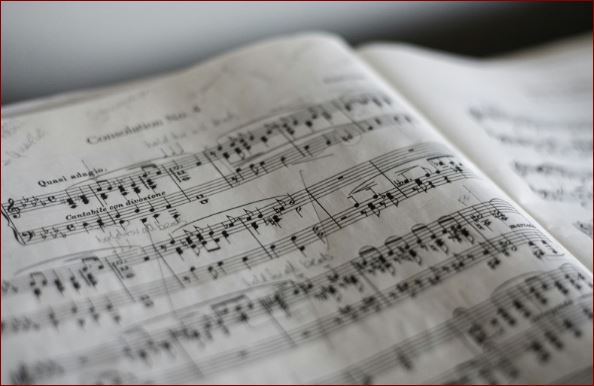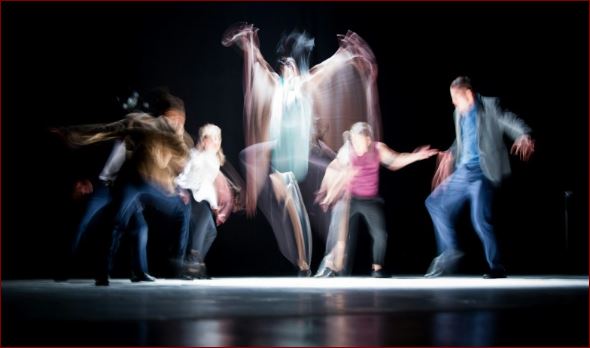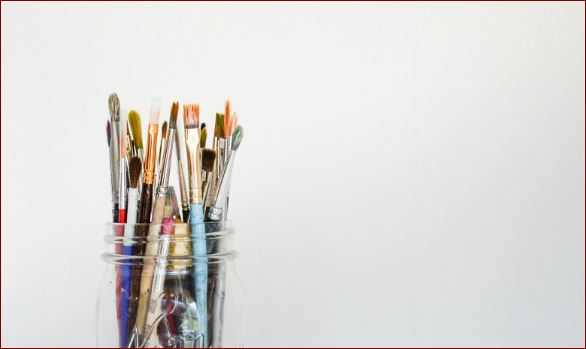What does creativity mean to you? For some of us, being creative is creating wonder and instilling joy – whether through the creation of art, expressing oneself through acting, or using the power of music to elicit an emotional response.
For many children, creative subjects such as art, music, and drama allow them to use their imagination to engage with the world differently. In essence, they use the power of creativity to further their cognitive development, develop problem-solving skills, and discover the power of emotional expression.
Creative subjects have come under fire in a world where a focus on STEM has driven an increased focus on subjects with real-world applications. Education leaders play a key role in ensuring that creative subjects remain a priority in school programs. Professionals, such as those with a Doctorate in Educational Leadership, are often at the forefront of developing policies and frameworks that integrate arts education into a well-rounded curriculum.
As we’ll soon discover, harnessing the creative arts can support students’ success and often go far beyond that – reminding us that education must be more than a foot in the door to the workforce.

The diversity of learning
For many of us, learning is a natural part of our lives. We may start taking small steps and advance over the years to gather, consolidate, and master knowledge. For some, though, trying to learn can be a challenge.
Understanding the obstacles to effective learning can be a key to developing content that uplifts all students—not just a few. In a world where learning styles have dominated the education conversation, taking a moment to step back and reflect on the ways we learn can be important.
It’s widely recognized that learners learn in slightly different ways. While the notion that teaching in a specific learning style maximizes student performance has been bitterly contested over the years, the concept itself allows us to understand the different types of teaching methods used in a classroom environment.
Many factors can impact learning – for example, the material being learned, the time of day, and even the quality of the material being learned. Let’s consider one of the most commonly discussed categorizations of learning styles, VARK (visual, auditory, read/write, kinaesthetic):
- Visual learners prefer to use visual representations such as graphics and imagery, as they can visualize the work that they are doing.
- Auditory listeners prefer the use of sound and audio – whether through speech, music, or other sounds.
- Read/write learners prefer being able to take notes in order to help them retain information. Learning from textbooks and taking notes in class are just two examples of read/write learning.
- Kinaesthetic learners take advantage of physical movement.
While VARK is not the be-all and end-all of learning, recognizing that each of us is unique as learners and can all benefit from learning can help us understand why the creative arts are such a potent learning opportunity.
Unlocking creativity with multi-modality
The creative arts can often seem like a challenging subject area to learn about – after all, with hundreds of years of different mediums, formats, and forms, it can be difficult to pinpoint an area to study.
In a way, the open world of the creative arts unlocks forms of learning that are not typically possible in classes that rely on repetitive (rote) learning or are strictly focused on a single learning style. Learning about the arts is truly a multi-modal learning experience – it’s not just something you can pick up in a textbook or look at on a wall.
Consider, for example, attending an art gallery or an exhibition to learn about art. The physical expression of art often captures our imagination – whether it’s through physical brushwork, the individual sensations that bring a piece together, or even the subtle details such as commentary. Art, by design, allows us to interact with it in different ways – for the likes of Van Gogh, we may wish to observe – and for contemporaries such as Banksy, we may explore the use of damage and destruction. The creative arts truly are a choose-your-own learning adventure.
Unlocking creativity – Your way
One of the truly fascinating things about art is its ability to engage even the most disengaged and disconnected learners. Take, for example, a graffiti artist – where some in the community may call them a vandal (and, in some cases, that may be true), it’s arguable that they are, in essence, applying their artistic knowledge outside of a classroom in the ultimate form of visual and kinaesthetic learning.
The art of creating is, in itself, learning in different ways – embracing the unique perspectives we have as learners and shaping them into different methods, mediums, and formats. As a writer, you may need to find a way to strike a chord with the audience, whether that’s through tonal shifts, literary devices, or the humble plot twist. That can be different from the ways that, say, a dancer or an artist may use – and highlight just how diverse the creative outlets in the arts can be.
Artists, in many ways, rise above the idea that an individual is only defined by a single learning style. Often, they’re all the better for it.

The creative arts – An essential element
In a world dominated by STEM subjects, the creative arts remain a key way to connect with students no matter their learning preferences or interests.
The creative arts hold great importance to our ability to thrive as a society – even if it’s not fully appreciated. The ability to capture students’ imagination is a valuable pathway to unleashing creativity in ways that are not always fully realized in a classroom.
Whether it’s art, music, or drama, the fields of creative arts allow us to learn in ways that aren’t always possible in a traditional classroom. Whether it’s kinaesthetic learning through the use of clays and paints, the auditory experience of listening to different music, or the many dimensions of drama, the creative arts remind us that learning can be done with more than a textbook – and for that, we’re all the better for it.







Click here to change your cookie preferences